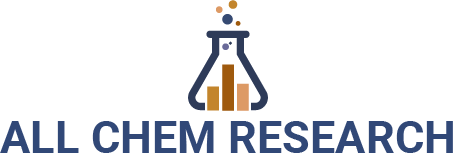Global leader in additive manufacturing of titanium components, Norsk Titanium (Norsk), along with SAE International (SAE), has recently introduced the first specifications aimed for direct energy deposition additive manufacturing.
Apparently, these specifications use the Rapid Plasma Deposition (RPD) process as well as material requirements of Norsk, that are currently utilized by a number of original equipment manufacturers (OEMs). The process would be available to a wider base of users around the globe with the issuing of SAE Aerospace Materials Specifications (AMS) documents.

A press release from Norsk reveals that the specifications, developed in Additive Manufacturing Committee of SAE (SAE AMS-AM), determine the minimum basis needed for RPD Preforms’ procurement from Norsk by a non-aerospace or aerospace consumer. Additionally, these specifications reinforce the regulatory certification process by confirming quality control as well as consistent process.
Director of Aerospace Standards at SAE International, David Alexander, said given that advanced manufacturing and advanced materials are SAE International’s strategic focus areas, the company continues to assist the adoption and advances of aerospace industry for additive manufacturing technologies.
Alexander further said that Norsk Titanium performed a leadership role as document sponsor, along with contributing vital technical expertise, in the development of innovative new specifications. With other AMS-AM output, these process specifications as well as new material help in addressing the request of regulatory authorities for guidance material of this crucial emerging technology.
Further from the reports, the AMS-AM Committee from SAE continues to advance aerospace material specifications (AMS) for polymer and metal AM for supporting the needs of the aerospace industry. The AMS-AM Committee is supported by the tasking request of Federal Aviation Administration and was established in 2015 by the aerospace industry leaders.
Purportedly, over 500 global participants from over 20 nations representing spacecraft, aircraft, and engine OEMs, defense agencies, regulatory authorities, service providers, equipment/system suppliers, material suppliers and operators are involved in the committee.


